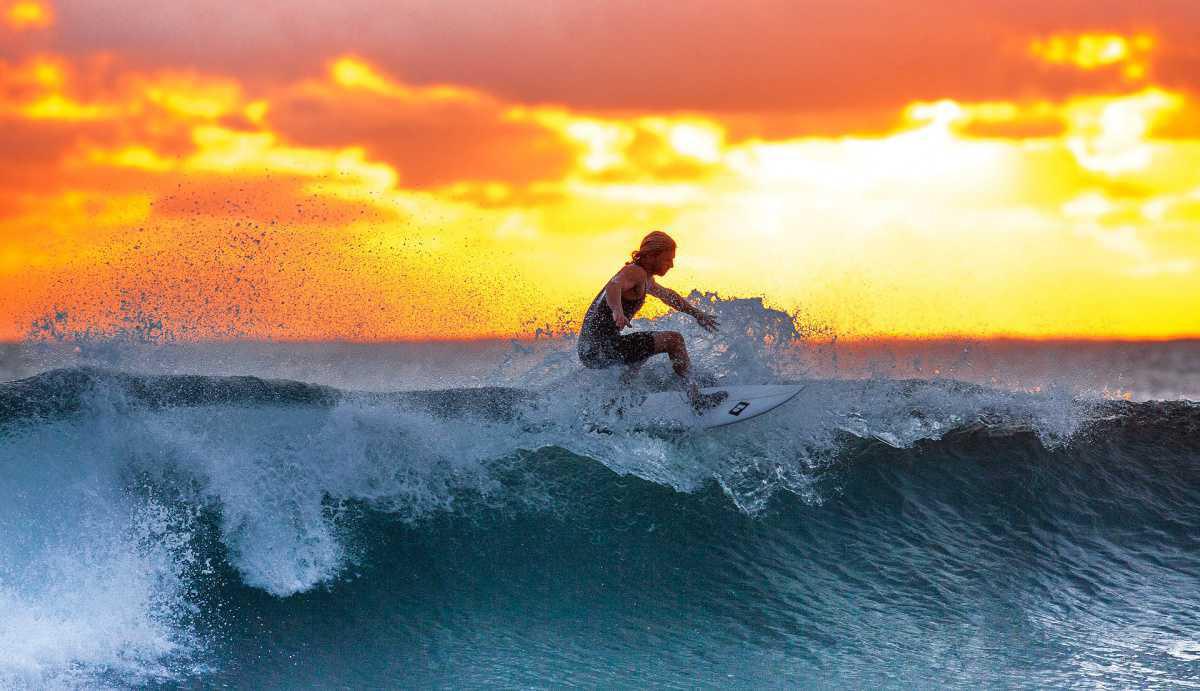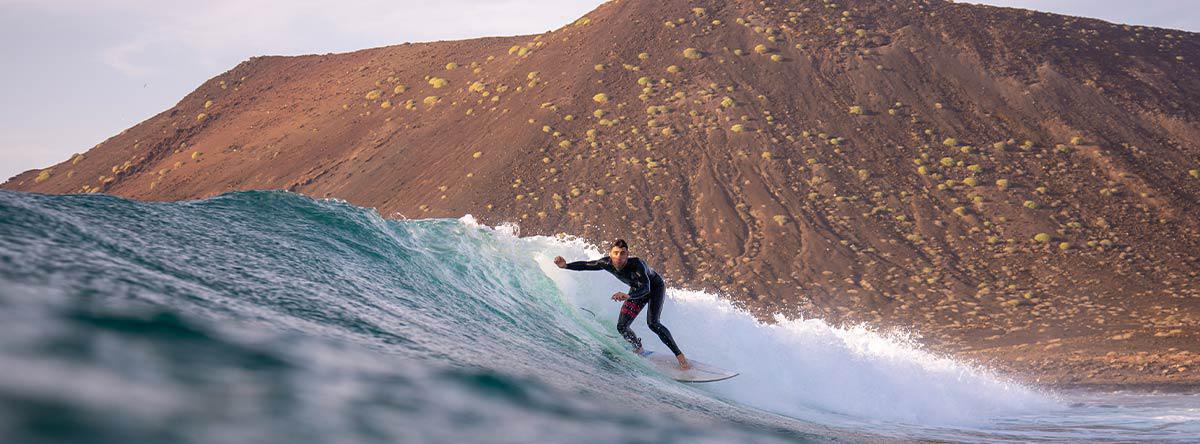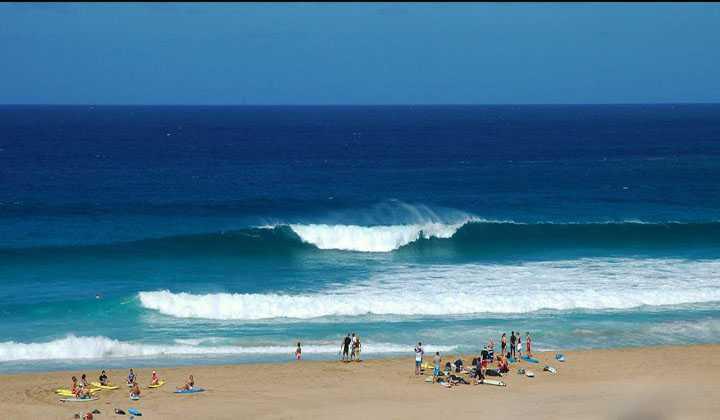Origins:
Surfing as we know it today expanded in the Canary Islands in the late 1960s, but the Canarian people have always been closely connected to the sea. The first settlers of the archipelago, the Guanches, extensively engaged in fishing and shellfishing in the coastal areas where they settled. Due to the geographical peculiarities of the islands, there has always been a significant connection to the sea, which led its inhabitants to turn to it not only as a source of food and livelihood but also for leisure and pure enjoyment.
Arrival of Modern Surfing:
The history of modern surfing in Fuerteventura dates back to the 1960s when the first European and American surfers arrived on the island. Attracted by its consistent waves and ideal conditions, these surfing pioneers began to explore the shores of Fuerteventura, laying the foundations for what would become a paradise for wave lovers.
1970s: Growth and Development:
During the 1970s, surfing experienced rapid growth in Fuerteventura. The first surf schools opened, competitions were organized, and the island began to attract surfers from around the world. Key figures like Brigitte Hennecke and John Vanderplank contributed to promoting Fuerteventura as a world-class surfing destination.
1980s: Professionalization and Boom:
The 1980s saw the professionalization of surfing in Fuerteventura. High-level international events were held, such as the Pro WQS Fuerteventura, and the island became a benchmark for professional surfers. Figures like Björn Dapré and José María Cabrera stood out on the national and international stage.
1990s: Diversification and Accessibility:
In the 1990s, surfing in Fuerteventura diversified, with the emergence of new modalities such as windsurfing, kitesurfing, and bodyboarding. Additionally, the island became more accessible to surfers of all levels, with the opening of new schools and improvements in infrastructure.
Present Day: A Consolidated Surf Paradise:
Today, Fuerteventura is one of the most popular surfing destinations in the world. The island offers a wide variety of waves for all levels, from beginners to professionals. Furthermore, it boasts excellent tourist infrastructure, a wide range of accommodations, and a welcoming, multicultural atmosphere.
Cultural and Economic Importance:
Surfing has had a significant impact on the culture and economy of Fuerteventura. It has contributed to job creation, the development of local businesses, and the promotion of the island as a tourist destination. Additionally, it has fostered an active and healthy lifestyle among residents and visitors.
Prominent Figures:
Throughout its history, surfing in Fuerteventura has seen prominent figures who have contributed to its development and promotion. Among them are:
- Brigitte Hennecke: Pioneer of women's surfing in Fuerteventura.
- John Vanderplank: Professional surfer and internationally recognized shaper.
- Björn Dapré: Multiple-time Spanish surfing champion.
- José María Cabrera: Professional surfer and key figure in promoting surfing in Spain.
In summary:
The surfing in Fuerteventura has come a long way from its indigenous origins to becoming a consolidated surfing paradise. With its perfect waves, welcoming atmosphere, and rich history, Fuerteventura will remain a go-to destination for surf enthusiasts for many more years to come.



